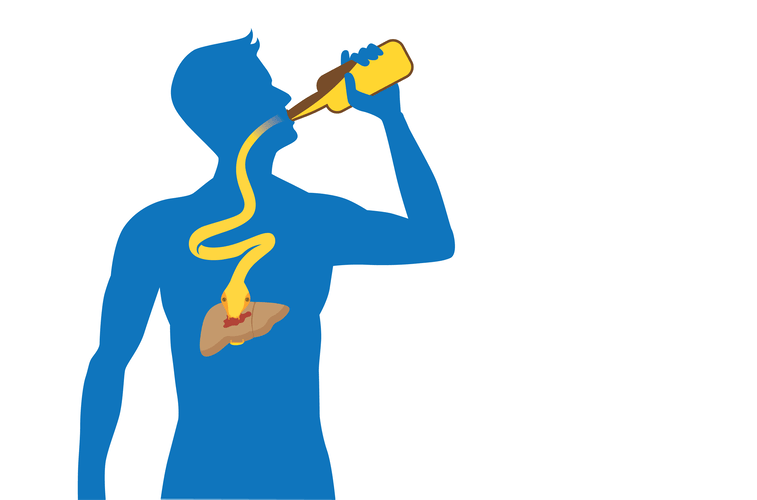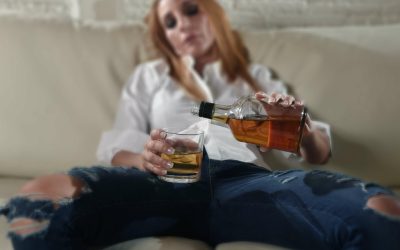Just make sure the reasons you write down are clear and that they are things that actually mean something to you. Urge surfing is probably most powerful when it is done in combination with mindfulness. This technique was developed by psychologists and is based on the understanding that these cravings usually only last for about half an hour or so. Resisting cravings is a skill you develop; you begin to see them as large waves coming towards you but instead of just drowning, you learn to surf them. In order to increase your ability to urge surf you can practice by doing things such as ignoring itches or experiencing hunger for a few minutes before you eat. If you become skilled at urge surfing, it will improve your life in many ways, not just dealing with alcohol or drug cravings.
- Participation in one or more of these levels of care can help an individual access the care they need, allowing them the opportunity to develop a strong foundation for recovery.
- Absolute abstinence from alcohol is advised while on this medication.
- Even moderate amounts of alcohol can significantly impair driving performance and your ability to operate other machinery, whether or not you feel the effects of alcohol.
- Examples of medical conditions for which it’s safest to avoid drinking include liver disease (such as from hepatitis C), bipolar disorder, abnormal heart rhythm, and chronic pain.
- Efficacy of long-acting, injectable versus oral naltrexone for preventing admissions for alcohol use disorder.
They can provide the necessary support and guidance throughout your recovery. Reaching a state of recovery after being actively addicted to alcohol is a major accomplishment. It is important to remember that remaining in recovery, however, is a life-long responsibility that requires a great deal of patience https://ecosoberhouse.com/ and focus. One of the most difficult challenges that many people face during recovery includes experiencing cravings for alcohol. Learning how to deal with these cravings is critical, as they can seemingly come out of nowhere and be triggered by factors as simple as being hungry, tired, or lonely.
Coping with Alcohol Cravings
Men and women are equally affected by the negative impact of cravings. Naltrexone is a medication that belongs to a group of drugs known as opioid antagonists. It binds to and blocks opioid receptors in the brain, which reduces the buzz and intoxicated feeling you get from drinking alcohol. Generally, the more alcohol you drink on a regular basis, the longer it takes for cravings to subside. Internal triggers are thoughts, feelings, sensations, and beliefs inside you that feed your cravings for alcohol. It’s important to note that you may or may not be aware of these external triggers as reasons for your alcohol cravings.
It teaches you to observe rather than react, strengthening your ability to “ride out” unpleasant feelings and cravings. Of course, the more often you do this the easier it becomes. This generally includes meditation, but you might also choose to set daily how to reduce alcohol cravings aspirations, or practice performing everyday activities mindfully. The NIAAA offers a printable urge tracker and a worksheet for handling triggers. Ria Health members also get a workbook with a number of exercises to mindfully manage drinking urges.
Avoid tempting situations
But tackling them head-on and trying to make them go away can worsen the situation. There is a specific mindfulness technique for dealing with cravings known as urge surfing. Imagine the craving as a wave that bobs you up and down as it heads to shore. The other approach to dealing with cravings is to let yourself experience them. Note that this doesn’t mean giving in to your urge to drink.
Generally, a craving is defined as a subjective experience of wanting to use a drug. The experience is highly variable depending on numerous factors, including your mood, environment, where you are in the alcohol recovery timeline, and beyond. Cravings follow a period of abstinence from drinking alcohol, whether that’s a few hours or a few years. As a reminder, just because you experience a craving, it does not mean you’ve lost control or haven’t made meaningful progress. If you’ve recently quit drinking, you may also be experiencing post-acute withdrawal syndrome (PAWS). This is very common in alcohol recovery, and happens after the most severe symptoms of physical withdrawal have ended.


